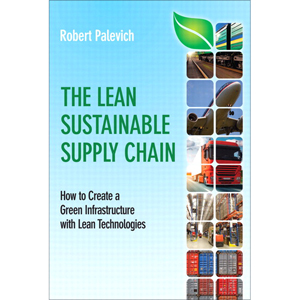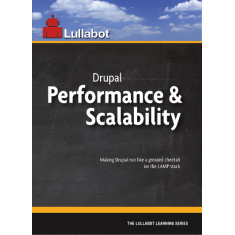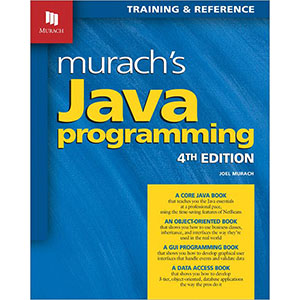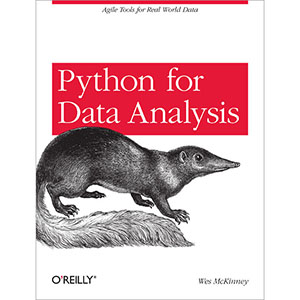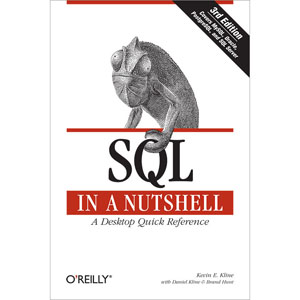Fixing the Housing Market
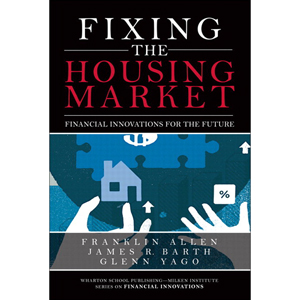
Ever since the ancient Greeks, financial innovation has enabled more people to purchase homes. Today is no different: in fact, responsible financial innovation is now the best tool available for “rebooting” crippled housing markets, improving their efficiency, and making housing more accessible to millions. In Fixing the Housing Market, three leading experts explain how, covering everything decision-makers should know about today’s housing and financial markets.
The authors first explain how innovative housing financial products, services and institutions evolved through the 19th century, World War I, the Great Depression, World War II, and beyond — culminating in the post-1970s era of securitization. Next, they assess housing finance systems in mature economies during and after the recent crisis, highlighting benefits and risks associated with each widely-used mortgage funding structure and product. They also carefully assess current housing finance structures in emerging economies such as Brazil, Russia, India, and China.
Building on these insights, the authors introduce transformative financial innovations that can facilitate a more stable and sustainable financing system for housing — providing better shelter for more people, helping the industry recover, and creating thousands of new jobs. Using these new tools, entrepreneurs, economic development specialists, and policymakers can develop practical strategies for bridging funding gaps — raising more capital for longer terms at lower cost.
From the Back Cover
“This is an engaging, nontechnical, accessible, and cogent set of analyses for fixing the housing market. The authors provide an elegant, compelling, insightful, and timeless evaluation of how to resolve the current housing crisis.”
–Professor Robert Edelstein, Maurice Mann Real Estate Chairholder and Co-Chair Fisher Center for Real Estate and Urban Economics, Haas School of Business, University of California at Berkeley
“The authors suggest both frameworks and financial tools necessary to fix the troubled markets. The book is clearly and concisely written and useful to all those seeking an integrative and thoughtful assessment of where we go from here.”
–Stuart A. Gabriel, Professor of Finance and Arden Realty Chair, UCLA Anderson School of Management
“You will not find a more timely and relevant book, and from a team of authors with great expertise ranging from the academic frontier of the study of bubbles to the practical reform of our housing finance system. We really need this clear analysis to help us better understand what often is portrayed as an overly complex topic.”
–Joe Gyourko, Martin Bucksbaum Professor of Real Estate, Finance and Business & Public Policy, The Wharton School, University of Pennsylvania
“The authors remind us that the current housing finance crisis is not singular, but part and parcel of the long-term coevolution of finance and housing markets. While readers might not agree with all of the conclusions drawn by the authors, the volume of content, which is presented quite accessibly, allows for the formation of the readers’ own conclusions.”
–George McCarthy, Ph.D., Director, Metropolitan Opportunity, The Ford Foundation, New York, NY
“In this insightful and important book, three of the nation’s leading experts on financial innovation explain how future innovations can continue to finance home ownership without taxpayers being so heavily on the hook for mistakes as they have been as a consequence of the crisis.”
–Robert E. Litan, Vice President for Research and Policy, Kauffman Foundation, and Senior Fellow, Economic Studies, The Brookings Institution
“You can’t understand the future of the U.S. housing market without an appreciation of its history, as well as housing markets in other countries. This book provides this valuable context, followed by innovative solutions informed by careful analyses of public policies, business practices, and consumer behavior.”
–Professor Peter Tufano, Peter Moores Dean, University of Oxford, Saïd Business School
Since the ancient Greeks, financial innovation has enabled more people to own homes. Today, responsible financial innovation is the best tool available for rebooting crippled housing markets, improving their efficiency, and making housing more accessible. In this book, three leading experts explain why and cover everything decision-makers should know about housing finance.
The authors first clarify how housing financial products, services, and institutions evolved through the past two centuries, culminating in the era of securitization and the “mortgage meltdown.” Next, they assess housing finance systems in today’s mature economies, highlighting benefits and risks associated with each leading mortgage funding structure and product. They also assess housing finance in emerging economies such as Brazil, Russia, India, and China.
Building on these insights, the authors identify important financial innovations that can facilitate a more stable and sustainable financing system for housing–providing better shelter for more people, helping the industry recover, and creating thousands of new jobs.
- A history of financial innovation in housing
From “mortgage stones” to mortgage-backed securities, and beyond - What went wrong?
Why housing markets really failed: learning the right lessons - Promoting more robust, stable, and sustainable housing markets
Implementing productive solutions, avoiding counterproductive policies - Delivering the right products via the right delivery modes
Crafting the right financial structures for new construction, access, and retrofitting
This volume is part of a series of books on financial innovation, published through a collaboration between Wharton School Publishing and The Milken Institute. Future volumes will focus on other frontiers of financial innovation, including such critical topics as healthcare, energy, and environmental finance.
Book Details
- Hardcover: 208 pages
- Publisher: Prentice Hall (February 2012)
- Language: English
- ISBN-10: 0137011601
- ISBN-13: 978-0137011605



